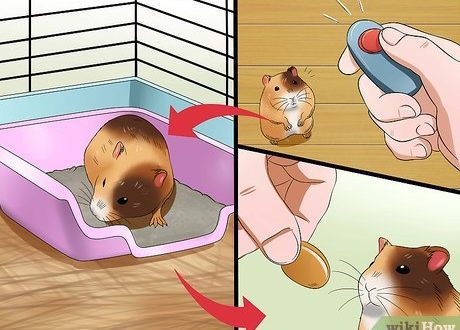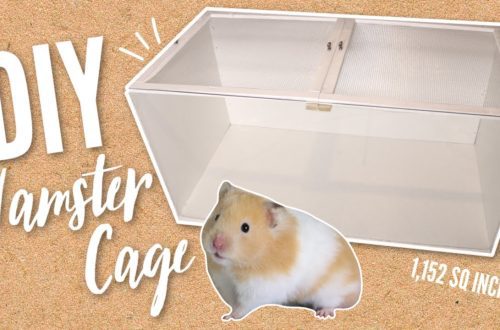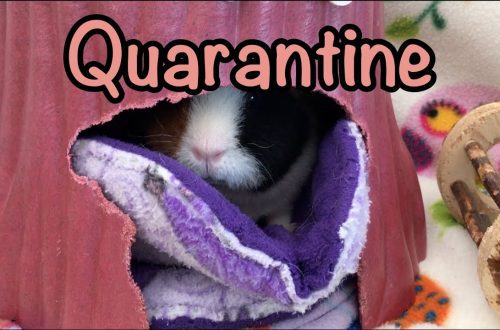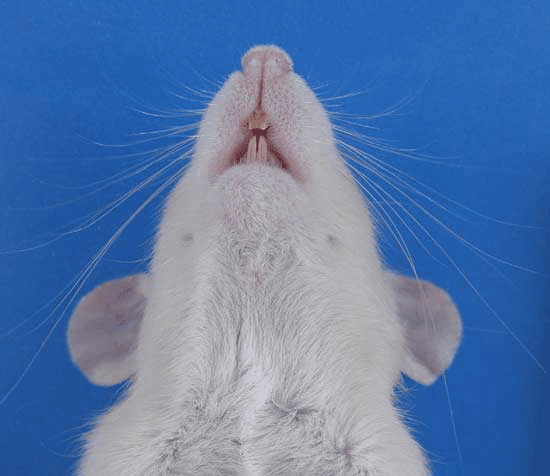
The body of a rat: structural features of the head, muzzle, paws and teeth (photo)
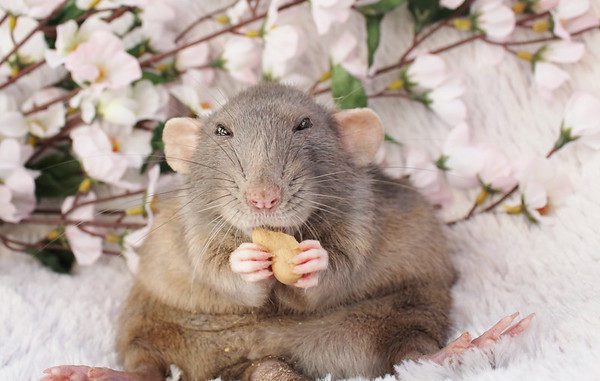
For a long time, rats were a sign of unsanitary conditions and frightened humanity, becoming harbingers of illness or hunger. They were considered pests until charming decorative animals appeared, which, in terms of intelligence and contact, can compete with familiar cats and dogs.
If you are going to get a rodent, it is important to represent the difference between rats, mice, hamsters in order to provide the animal with the most correct care and conditions.
Contents
General characteristics of the animal
Depending on the species, the length of the rat body can be from 8 to 30 cm. A distinctive feature is a long tail, sometimes exceeding the length of the body. The weight of the animal ranges from 37-400 g. Especially large individuals of gray rats can reach a mass of 0,5 kg.
The classic shades of wool are gray and brown, although there are also yellow and orange colors. The main types of wild rats are gray and black, which are ubiquitous. The rest of the rodents live in a strictly defined area.
The following breeds are best suited for home keeping:
Rat head
The head of an animal has the following features:
- elongated shape;
- large size relative to the body;
- sharp nose;
- small black eyes;
- rounded small ears.
It is divided into an anterior section – a muzzle, and a posterior one. The head of the rat is separated from the body by a short and thick neck. The outer ear looks like a movable shell. From its base deep into the temporal bone departs the auditory meatus.
Rat face
The muzzle area includes:
- nose;
- eye sockets;
- mouth;
- cheeks;
- chewing area.
The oral fissure is located on the anterior and lateral edges of the muzzle. The nostrils are placed at the top of the nose close to each other. Immediately below the nose, a vertical groove begins, due to which the upper incisors are exposed, even if the rodent keeps its mouth closed.
There are vibrissae near the tip of the nose. Organs of touch that help the animal to navigate and evaluate objects on the way. The eyes are set deep, protected by movable eyelids. Rodents are also characterized by the presence of a third eyelid – a nictitating membrane, and a red glow of the eyes.
How many teeth does a rat have
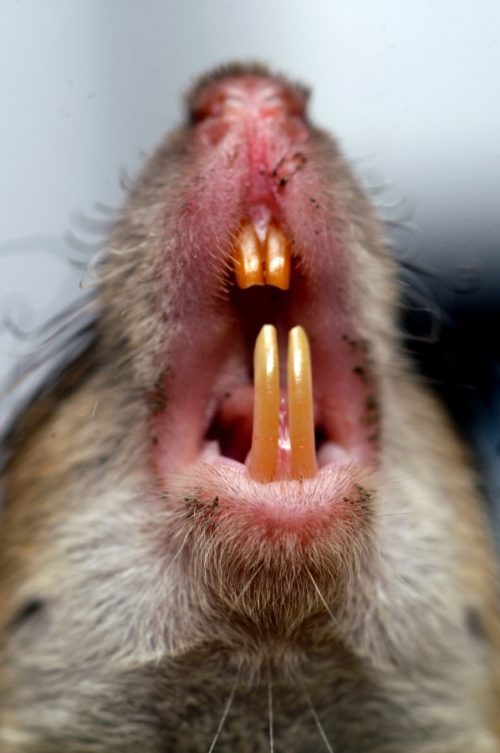 A specific dental system is a distinctive feature of wild and decorative rodents. The total number of teeth is 16, of which 12 are chewing molars and 2 pairs of elongated incisors in the central part of the jaw. There is a significant gap between them and the molars.
A specific dental system is a distinctive feature of wild and decorative rodents. The total number of teeth is 16, of which 12 are chewing molars and 2 pairs of elongated incisors in the central part of the jaw. There is a significant gap between them and the molars.
The purpose of the incisors is biting. Sharp and strong, they allow the animal to eat not only grain, but also insects, as well as smaller animals. Because of this, the wild rat often acts as a predator. Also, the special strength of these pairs of teeth allows rodents to cope with wood, concrete and steel wire.
Rat incisors grow constantly, so they need regular sharpening. When keeping decorative animals, it is necessary to provide them with special devices, otherwise the animal may suffer from overgrown teeth. Enamel is present only on the anterior surface of the incisors. The back is covered with dentin, a softer substance that wears out quickly.
The molars are equipped with tubercles or ridges for successful chewing of food. In adults, they are erased. Enamel is preserved only on the sides, the middle is also covered with dentin.
rodent body
The body of the rat has an elongated shape. Divided by:
- dorsal-thoracic region, which includes the dorsal and interscapular regions;
- lumbar-abdominal, subdivided into the belly and lower back;
- sacro-gluteal, including the pelvic and sacral regions.
Wool: what is the body of a rat covered with
The skin of a rodent is covered with heterogeneous wool. Thick and long guard hairs are designed to heal and skin from external damage. The undercoat, also called the undercoat, is necessary to maintain body temperature.
All hairs are composed of horny substances. The base is attached to the hair bag, into which the ducts of the sebaceous glands are open. The secreted fat is designed to lubricate the coat and skin, providing elasticity.
Rat body temperature
Normally, the body temperature of a decorative rat is 38,5-39,5 degrees. With a slight increase, stress, heat stroke, or the initial stage of infection can be assumed. A temperature of 40,5 degrees is a signal to urgently go to the clinic, but you need to bring it down immediately. This is done by using ice packs or rubbing the ears with small pieces of ice.
A decrease in temperature is much more dangerous and indicates an advanced infectious disease or shock. In this case, it is necessary to raise it with heating pads, and then immediately take the pet to the veterinarian.
Rat paws
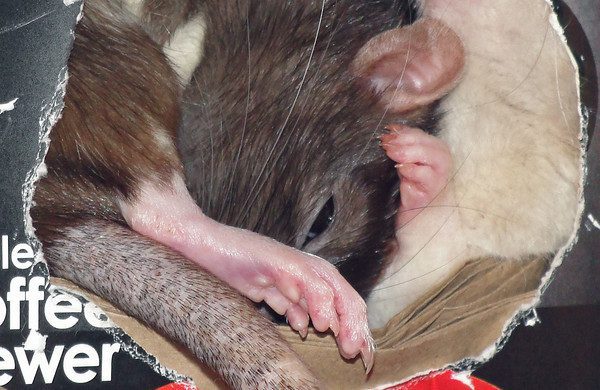
The front paws of the rat include:
- armpits;
- shoulder;
- elbow;
- forearm;
- brush.
The hind rat feet are divided into:
- hip;
- shin;
- heel area;
- tarsal area;
- plus
How many fingers does a rat have
The fingers of a rat are very mobile. On the front paws, the big toe is reduced and looks like a short stump. The rest of the fingers are fully developed.
On the hind legs there are all 5 fingers, they are larger in size than on the forelimbs. The palms and soles are bare.
A complete understanding of the body structure of a pet will help you make the right choice and acquire a healthy individual that will delight the owner for several years.
Features of the appearance of the rat
4.5 (90%) 22 votes



